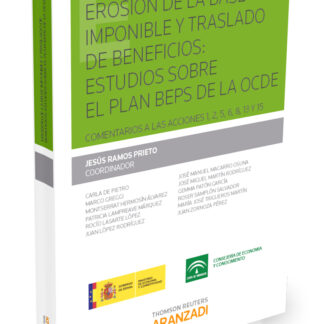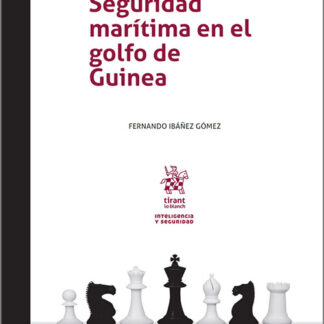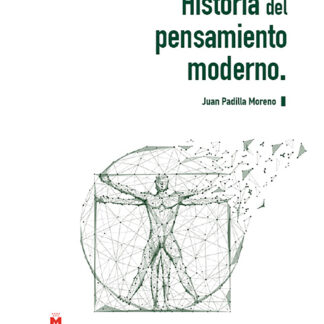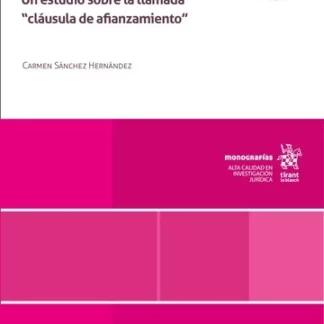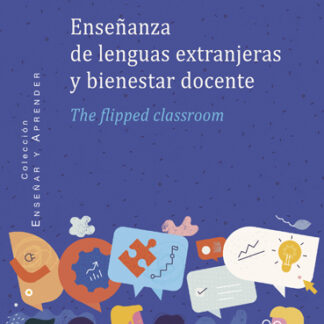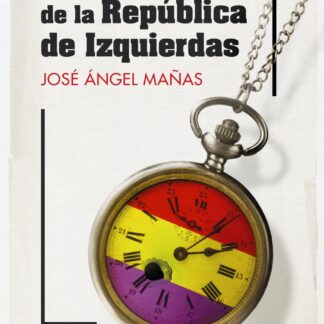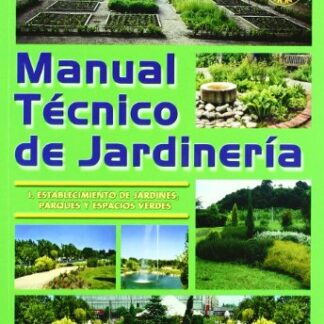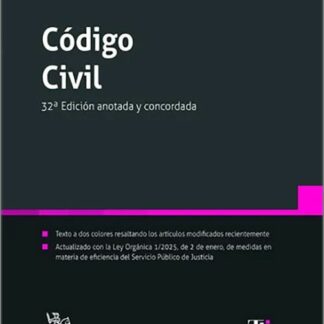Descripción
Financial Guide Learn how to make better financial decisions
Financial education is a basic condition for making sound and informed financial decisions. This Financial Guide offers a wide array of topics in order to be useful to anyone making that kind of decisions. Some of the contents included in this guide are the following: family budget management; basics of financial-decision making; financial decision-making by entrepreneurs, businesspersons and professionals; the psychology of financial decisions; the interpretation of economic-financial information; the quantification of the economic-financial information; the role and functions of the financial system; the digital transformation process; the legal framework; the use of means of payment; deposits; loans and credit facilities; fixed income; equity securities; collective investment undertakings; retirement products; other financial products and services and exercises.
Module 0
Introduction
PRESENTATION
Today, financial knowledge is necessary for everyone; in a modern society, citizens have to resort to a wide range of financial services to meet different needs, so they have to continually make decisions relevant to their well-being: which product is the safest and most profitable to place savings, which loan is the one that offers a more stable cost over time, which is the best option to supplement the retirement pension.
As a main element for personal freedom, it is essential to be in a position to make such decisions responsibly, being aware in each case of the actual yields or costs, as well as the existing risks.
The need for financial knowledge is increasing, in a society in which there is a transfer of risks from the general government and companies to individuals, and in which financial channels and products are multiplying, with a growing diversity and complexity.
The objective of this guide is to present the fundamental contents with a view to acquiring a set of basic skills for acting in the financial field. It emphasizes family budgeting, the general framework for financial decision-making, the interpretation of economic-financial information, the quantification of economic- financial information, the offering of instruments for saving and investment, and the use of credit.
There are three basic ingredients of financial education: acquiring financial knowledge, knowing how to use it, and making informed, responsible and conscious choices.
This guide is intended as an orientation for citizens to:
• Prepare a family budget and calibrate the impact on it of possible economic and financial decisions.
• Be able to use the basic concepts and indicators to interpret economic and financial information.
• Identify the nature of the different financial needs, as well as that of the various existing financial instruments for meeting them.
• Visualize the complete life cycle of a financial product and the different stages that make it up.
• Specify the expected money inflows and outflows throughout the life of a financial instrument, bearing in mind the possible changes in value.
• Manage the key variables that allow characterizing a financial instrument: Return, cost, term, risk and liquidity.
• Know, in essence, the role and structure of the financial system, as well as how it operates.
• Understand the characteristics of the main categories of financial instruments.
• Have the ability to carry out a quantitative approach, in terms of costs and yields, to the financial decisions to be taken.
To this end, its content has been distributed in several sections as follows:
0. Introduction.
1. Family budget management.
2. The basics of financial decision-making: Financial instruments, characteristics, core variables and legal framework.
3. Financial decision-making by entrepreneurs, businesspersons and professionals.
4. The psychology of financial decisions.
5. The interpretation of economic-financial information.
6. The quantification of economic-financial information.
7. The role and functions of the financial system.
8. The digital transformation process.
9. The legal framework.
10. The use of means of payment.
11. Deposits.
12. Loans and credit facilities.
13. Fixed income.
14. Equity securities.
15. Collective investment undertakings.
16. Retirement products.
17. Other financial products and services.
18. Exercises.



